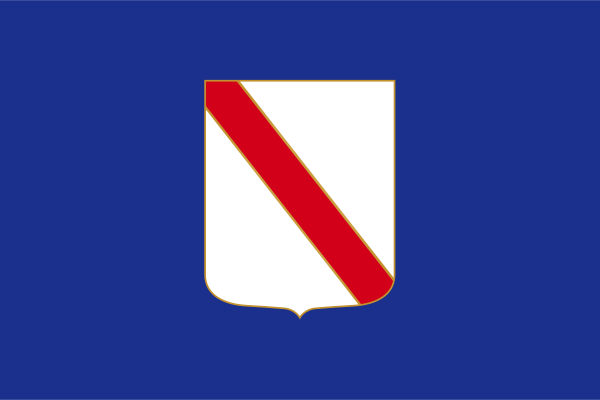Campania Region

Wedged between the Tyrrhenian Sea to the west and the southern Apennines to the east, the region borders Lazio to the north-west, Molise to the north and Puglia and Basilicata to the east.
In addition to the regional capital Naples, the provincial capital cities are Avellino, Benevento, Caserta and Salerno.
Along the coasts of Campania there are four gulfs: the gulf of Gaeta, the gulf of Naples, the gulf of Salerno and the gulf of Policastro.
The hinterland was already inhabited in the third millennium BC. from Samnite, Oscan and Volsche populations.
Campania has six sites awarded the title of World Heritage Site by UNESCO, the third Italian region on a par with Sicily after the seven sites in Tuscany and the nine in Lombardy: the historic center of Naples (the largest in the Vecchio Continente), the Royal Palace of Caserta, the Pompeii Herculaneum and Oplonti excavations, the Amalfi Coast, the Cilento National Park and the Santa Sofia Complex in Benevento.

In Campania there are 5 of the top 20 most visited state sites in 2013 according to the Ministry of Cultural Heritage and Activities.
According to Eurostat data from 2011, Campania is among the 20 most visited regions in Europe and among the first in Italy.
From the eighth century BC along the coast various settlements of populations of Greek civilization developed from which the Magna Graecia colonies of Pithecusa, Cuma, Parthenope, Neapolis and Poseidonia originated.
The area also constituted the extreme southern limit of the Etruscan expansion.
The interior, on the other hand, remained inhabited by the lineages of the Samnites. In the second half of the 4th century BC, with the Samnite wars the region was placed under the influence of Rome, which renamed it Campania felix in reference to its prosperity.
With the decline of Roman civilization, the political unity of the region also disintegrated, which from the fifth century came to a large extent under the Lombard influence and to a lesser extent under the Byzantine one.
In the twelfth century, with the rise of the Norman dynasty, the region found political unity under the crown of the Kingdom of Sicily.
From the thirteenth to the nineteenth century, despite the succession of the Angevin, Aragonese and Bourbon dynasties, the kingdom of Naples and in particular the capital and its court became one of the main cultural, artistic and economic centers of Europe.
The marginalization of the area following the unification of Italy is at the basis of the economic and social decline that has been recorded since the second half of the nineteenth century, indicated by the term southern question.
Video: Campania Region
Map: Campania Region
Address: Via S. Lucia, 81 - 80132
Napoli (NA) Campania
Latitude: 40.8434089
Longitude: 14.2410865
Site: http://www.regione.campania.it...
vCard created by: BBCC
Currently owned by: BBCC
Type: Region
Function: Public place
Creation date:
Last update: 13/08/2021

